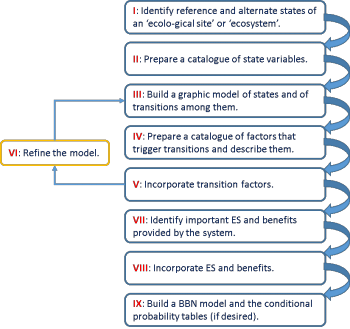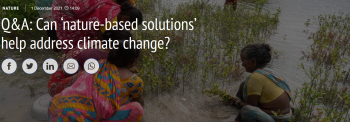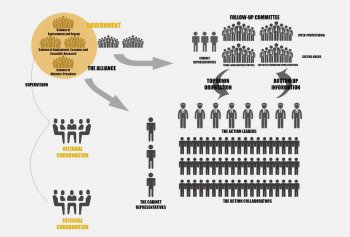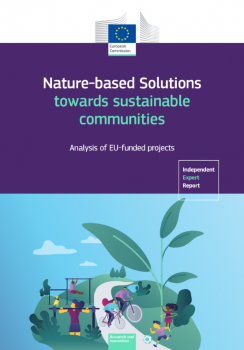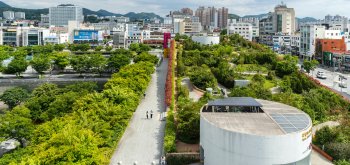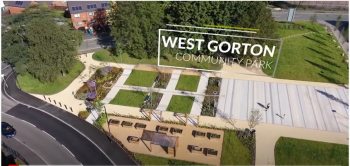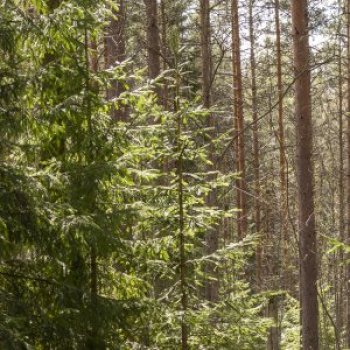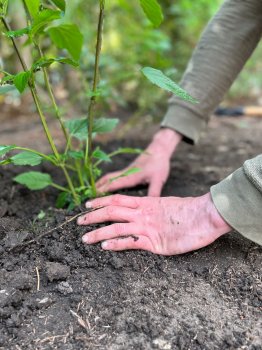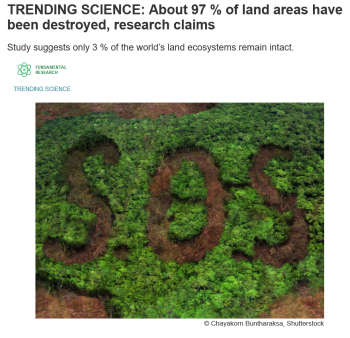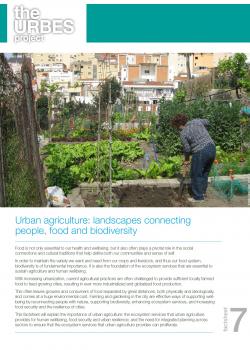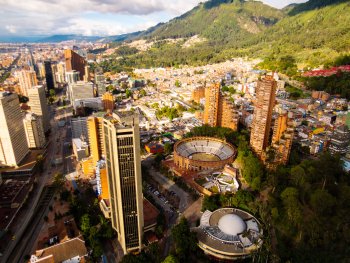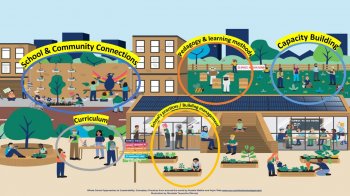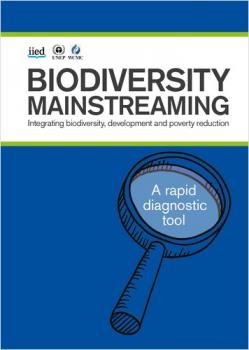Marketplace
Innovation Pathways for Urban Forests
Urban forest is an emerging concept which not only incorporates trees, but other vegetation in streets, parks, plazas, river embankments, wetlands, railway corridors, community gardens, and on buildings as well as the soil and water that supports them. Urban forests have been around for generations
Method Factsheet - State and Transition Models
State-and-transition models (STMs) are conceptual models of ecosystem dynamics after disturbances based on alternate state theory (Kachergis et al. 2011). STMs combine the representation of alternate states and the factors that drive the transitions among states with tables of qualitative
Can ‘nature-based solutions’ help address climate change?
These so-called “nature-based solutions” are key to many countries’ and companies’ plans to achieve net-zero in the coming decades. Nature-based solutions also featured more prominently than before at the UN’s COP26 climate summit in Glasgow last month. The term briefly made an appearance in a
Database of good practice tools for the design and implementation of NbS, including factsheets for 10 tools
Ten approaches will be showcased on the Innovation Hub as short factsheets, highlighting their scope of application and examples of their EU and/or CELAC application.
Environment Employment Alliance
Methodological guide for fostering sustainability transition of key local economic sectors - supporting small local innovative initiatives by governing interaction between public and private actors (or societal niches and public institutions).
Norway's Species Map Service
With more than 16 million records representing more than 28,300 species, the English-language version of the Species Map Service offers users from across the globe a comprehensive tool for locating Norway's flora and fauna.
Urban nature: A shared solution to the climate and biodiversity crises?
Cities are increasingly being recognised as key arenas for governing and tackling global environmental challenges, including the interlinked climate and biodiversity crises. Yet urban areas have historically exacerbated these issues. Cities are estimated to account for 60-75% of global GHG
Nature-based solutions towards sustainable communities: Analysis of EU-funded projects
Over the past thirty years local communities have remained at the heart of efforts to address sustainable development across the European Union, mobilised by a wide range of policies and initiatives to develop sustainable, smart, low carbon, resilient and eco-cities. As interventions that promise
The Purpose of Nature’s Impact on Human Health Guide
The Nature’s Impact on Human Health Guide is a resource primarily intended for practitioners seeking to evaluate the impact of green interventions on human health to inspire additional investment of time and resources in nature-based solutions to human health challenges. The reasons to do so are
Seeing is Believing: West Gorton Community Park
A green space like no other. Seeing is Believing is an 'eco-tour' of West Gorton's brand new Community Park. This film is the face of a spotlight session in Greater Manchester Combined Authorities 'Green Summit' 2020, for it's role in combatting the effects of
Common Action Plan on clustering activities D1.3
This deliverable presents a summary of planned joint activities among the cluster of projects funded under the EU Horizon call H2020 SC5-14-2019 (Visionary and integrated solutions to improve well-being and health in cities).
CONEXUS Policy Brief 1 - Barcelona’s strategies to increase and enhance urban green infrastructure
This Policy Brief presents Barcelona’s strategies for increasing and improving urban green infrastructure. Renaturing cities is essential for adapting urban areas to climate change. For this reason, in 2013, Barcelona initiated its first “Green and Biodiversity Plan 2020,” followed by the “Urban
Conexus Life-Lab factsheet series - Green and biodiverse schoolyards through community participation
The Breathe/Respirar Program (BRP) is a research and action project in Buenos Aires, Argentina, on Nature-based Solutions (NbS) in schoolyards and their impact on the general well-being and learning process of children. To reach its objectives, the program builds on the collaboration between
TRENDING SCIENCE: About 97 % of land areas have been destroyed, research claims
How many pristine places are left undisturbed by oil, gas and mining activities, as well as land development? What is the extent of this damage to habitats? According to a study published in the journal ‘Frontiers in Forests and Global Change’, nearly 3 % of the world’s land remains ecologically
Urban agriculture - URBES Facthseet #7
This factsheet will explain the importance of urban agriculture: the ecosystem services that urban agriculture provides for human wellbeing, food security and urban resilience; and the need for integrated planning across sectors to ensure that the ecosystem services that urban agriculture provides
D5.1: Report on comparative analysis of economic valuation models
Findings are presented from an investigation of nature-based solutions (NBS) research and case studies examining how projects address ‘co-benefits’, and particularly, their coverage of economic impacts.
Value and Benefit Assessment Methods Database for Urban Nature-based Solutions
The database provides open access to knowledge about where, when, and under which circumstances, integrated multi-functional and systemic impacts of nature-based solutions can be assessed. This database was created from a review of assessment methods (i.e. frameworks, models and tools) currently
Schools as Innovation Hubs for the Green Transition: Transforming schools into NBS Living Labs
What does it mean for a school to be an innovation hub? These slides from NBS EduWORLD project can give you a better idea!
Nature-based solutions for creating circular cities Course
This course provides knowledge on how to create such cities by using nature-based solutions (nbs). It comprises knowledge on resources flows and management of these flows in cities, appropriate nature- based solutions for managing resources, implementation aspects and number of worked examples to
Mainstreaming Biodiversity and Development Rapid Diagnostic Tool
This tool is intended to help policy makers and other stakeholders understand the extent to which biodiversity and development objectives are already integrated at the national level and the obstacles and constraints that need to be overcome to promote further, and more effective, integration. It
- ‹ previous
- 20 of 55
- next ›


